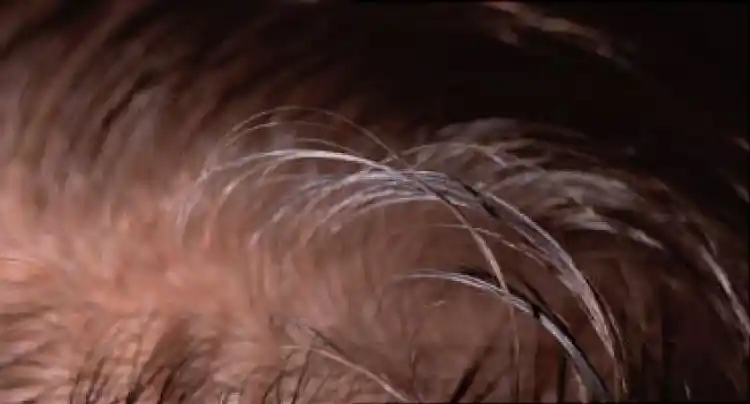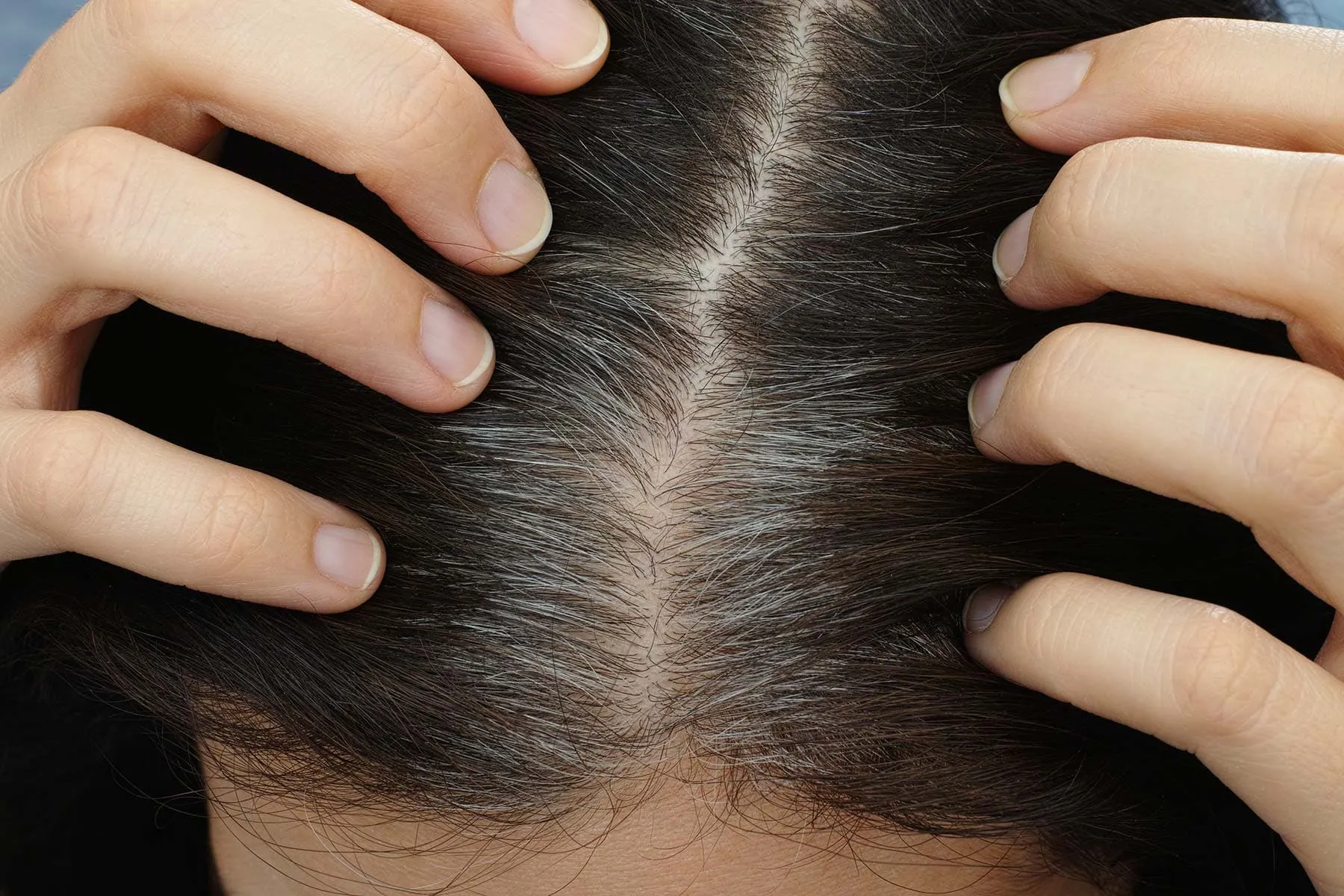April 20, 2023 – Your hair has stem cells near the roots, and they are important in making your hair brown, black, or another natural color. But these cells need to move to a different part of the follicle and change to produce hair color. When these special stem cells get “stuck” and can no longer do their job, gray hair comes out instead, new research reveals.
Called melanocyte stem cells (McSCs), these cells need to mature into melanocytes, or pigment cells. They can last for years but die sooner than other cells nearby, such as hair follicle stem cells. This difference can explain why people go gray but still grow hair.
A new finding is that these cells can move within the hair follicle without losing their “stemness.” Similar to recycling, they start as “undifferentiated” stem cells, move and mature to perform their hair coloring duties, and then change back to more primitive stem cells.
The traditional belief was stem cells stay primitive, mature when needed, and then die off. Now it’s believed to be more of a cycle.
“It was thought that melanocyte stem cells are maintained in an undifferentiated state, instead of repeating differentiation and de-differentiation,” said senior investigator Mayumi Ito, PhD, a professor in the Ronald O. Perelman Department of Dermatology and the Department of Cell Biology at NYU Langone Health in New York City.

The process involves different compartments in the hair follicle – the germ area is where the stem cells regenerate, the follicle bulge is where they get stuck. A different environment in each location dictates how they change. This “chameleon-like” property surprised researchers.
Now that investigators have figured out how gray hair might get started, a next step will be to search for a way to stop it.
“Our study suggests that moving melanocytes to a proper location within the hair follicle may help prevent gray hair,” Ito said.
The research has been performed in mice to date, as reported online April 19 in the journal Nature. But the findings could translate to humans.
“Because the structure of the hair follicle is similar between mice and humans, we speculate that human melanocytes may also demonstrate the plasticity [or ability to change] during hair regeneration,” Ito said.
A Melanoma Clue?
The study also could have implications for melanoma. Melanomas are cancers that develop from the same pigment cells, melanocytes. Unlike other tumors, they can self-renew. This “plasticity,” or ability to change easily, makes melanomas difficult to eliminate and the most serious form of skin cancer.
“Our study suggests normal melanocytes are very plastic and can reverse a differentiation state. Melanoma cells are known to be very plastic,” Ito said. “We consider this feature of melanoma may be related the high plasticity of original melanocytes.”
The finding that melanocyte stem cells “are more plastic than maybe previously given credit for … certainly has implications in melanoma,” said Melissa Harris, PhD, an associate professor in the Department of Biology at the University of Alabama in Birmingham.
Hair-Raising Detail
Hair follicles are tiny, so it took advanced technology to do the research. Ito and colleagues used 3D intravital imaging and single-cell RNA sequencing, for example.
This level of precision allows them to track the stem cells in almost real time as they age and move within each hair follicle.
“This paper uses a nice mix of classic and modern techniques to help answer a question that many in the field of pigmentation biology have suspected for a long time. Not all dormant melanocyte stem cells are created equal,” Harris said. (She was senior author of a January 2021 study that proposed a combination treatment to reverse the loss of stem cells and the graying of hair.)
Unanswered Questions
“The one question not answered in this paper is how to reverse the dysfunction of the melanocyte stem cell ‘stuck’ in the hair bulge,” Harris said. “There are numerous clinical case studies in humans showing medicine-induced hair re-pigmentation, and perhaps these cases are examples of dysfunctional melanocyte stem cells becoming ‘unstuck.’”
“The standout concept in this paper is that the melanocyte stem cells are ‘stranded,’ and are not getting the right signal to amplify and appropriately migrate in order to provide pigment to the hair shaft,” said Paradi Mirmirani, MD, a dermatologist who specializes in caring for people with hair disorders and faculty member of the American Academy of Dermatology.
It could be challenging to provide stem cells with the right signals to keep them mobile and maturing, “but the first step is always to understand the underlying basic mechanism,” said Mirmirani, who practices in Vallejo, CA. “It would be interesting to see if other factors such as smoking, stress, and others influence the melanocyte stem cells in the same way.”
https://img.webmd.com/vim/live/webmd/consumer_assets/site_images/article_thumbnails/other/gray_hair_other/1800x1200_gray_hair_other.jpg
2023-04-20 18:53:46





